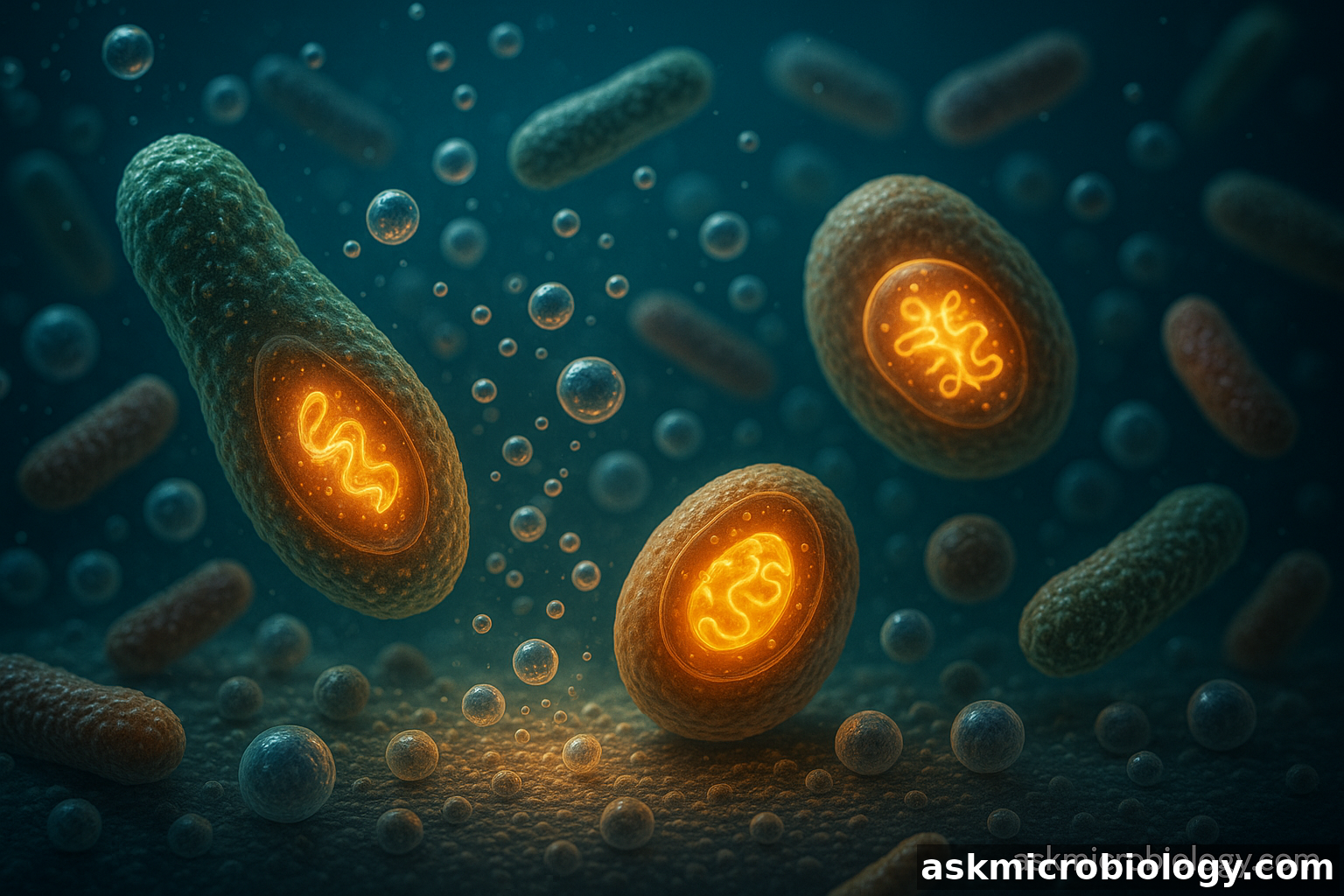There’s a lot going on behind the scenes of everyday life. While we go about eating, working, or scrolling through our phones, microorganisms are busy doing something that keeps entire systems alive. They’re breaking down nutrients to create energy. It’s a process known as respiration in microorganisms, and even though it happens at a microscopic scale, its effects reach everything from climate to food production to human health.
These microbes don’t need lungs or oxygen tanks. They work with what they have, wherever they are. From muddy wetlands to inside your intestines, microorganisms are built for survival and efficiency.
How microorganisms respire
Microorganisms use a few different ways to create energy. The two most common are aerobic and anaerobic respiration in microorganisms. Aerobic means they use oxygen to help break down sugars and produce energy. This produces more ATP, which is like the fuel their cells run on.
When oxygen isn’t available, they switch to anaerobic respiration. In this form, they use other molecules like nitrate, sulfate, or carbon dioxide instead of oxygen. While it produces less energy, it allows them to survive in places where oxygen is low or totally absent. Think about swamp water, deep layers of soil, or even inside your gut. Anaerobic respiration in microorganisms requires a different biochemical pathway, but it keeps them going just the same.
One important note is that cellular respiration in microorganisms is primarily about keeping energy production going under various conditions. Whether it’s in aerobic or anaerobic mode, the goal is the same.
Real-world examples of microbial respiration
In soil, aerobic respiration in soil microorganisms plays a big role in nutrient cycling. It helps break down organic material, releasing nitrogen and phosphorus that plants depend on. In waterlogged or compacted soils, microbes often switch to anaerobic modes. That’s where anaerobic respiration in plants and microorganisms becomes important. It’s slower and less efficient, but it keeps those systems alive.
Another key place you’ll find this process at work is in fermented foods. Bread, yogurt, kombucha, and beer all exist because of fermentation, a kind of anaerobic respiration. Yeasts and bacteria consume sugars and release gases or acids. It’s part of how we get food textures, flavors, and preservation.
The equation for anaerobic respiration in microorganisms like yeast typically looks like this:
Glucose → Ethanol + Carbon dioxide
It’s simple chemistry, but it supports massive industries.
Microorganisms in your gut also rely on anaerobic respiration. They help digest fibers and complex carbohydrates that your body can’t break down on its own. They release short-chain fatty acids that support immune health, regulate inflammation, and influence energy metabolism. In short, your body relies on the process of anaerobic respiration in humans and microorganisms more than you might think.
Climate and microbial respiration
Microbial respiration doesn’t stop at food and health. It also has a huge footprint in environmental science. In frozen regions like the Arctic, microbes live in permafrost. As global temperatures rise, the permafrost begins to thaw. This gives those microbes access to organic matter that’s been frozen for thousands of years.
Once active, these microorganisms start breaking down the matter. In oxygen-limited conditions, anaerobic respiration takes over. The result is a large release of carbon dioxide and methane, two powerful greenhouse gases. Scientists are closely watching how much carbon these processes may add to the atmosphere in the coming decades.
Energy production in microorganisms through anaerobic respiration is also being explored for sustainable energy. In microbial fuel cells, bacteria convert waste into electricity by transferring electrons during their respiration process. This is still in its early stages, but it holds promise for creating energy from wastewater, food waste, and other organic materials.
Why this matters
Respiration in microorganisms explains a lot more than how bacteria survive. It’s a key part of how our planet works. It’s in the compost that feeds your garden, in the yogurt that helps your digestion, in the wetlands filtering water, and in the Arctic where gases are stored or released. It shows up in science labs and food factories. It helps us treat waste, power small devices, and understand how ecosystems adapt.
If you’re studying biology, working in healthcare, or thinking about climate science, knowing how cellular respiration in microorganisms works gives you a foundation. It also helps you understand why something as small as a single microbe can have such a massive impact.
Whether you’re looking at the products of anaerobic respiration in microorganisms or exploring how this process supports agriculture, it’s clear these microbes are doing more than just surviving. They’re shaping the world we live in.
References
NOAA Arctic Report Card: Permafrost and the Global Carbon Cycle
https://arctic.noaa.gov/report-card/report-card-2019/permafrost-and-the-global-carbon-cycle
USGS: Soil Microbial Respiration and Carbon Cycling
https://www.usgs.gov/programs/climate-research-and-development-program/science/soil-respiration
NCBI – Cellular Respiration in Microorganisms
https://www.ncbi.nlm.nih.gov/pmc/articles/PMC9589990/
ScienceDirect: Microbial Fuel Cells for Energy Production
https://www.sciencedirect.com/science/article/pii/S2949839224001391
EPA – Microbial Role in Wastewater Treatment
https://www.epa.gov/water-research/microbial-processes-wastewater-treatment
WHO – Gut Microbiota and Health
https://www.who.int/news-room/fact-sheets/detail/healthy-diet

